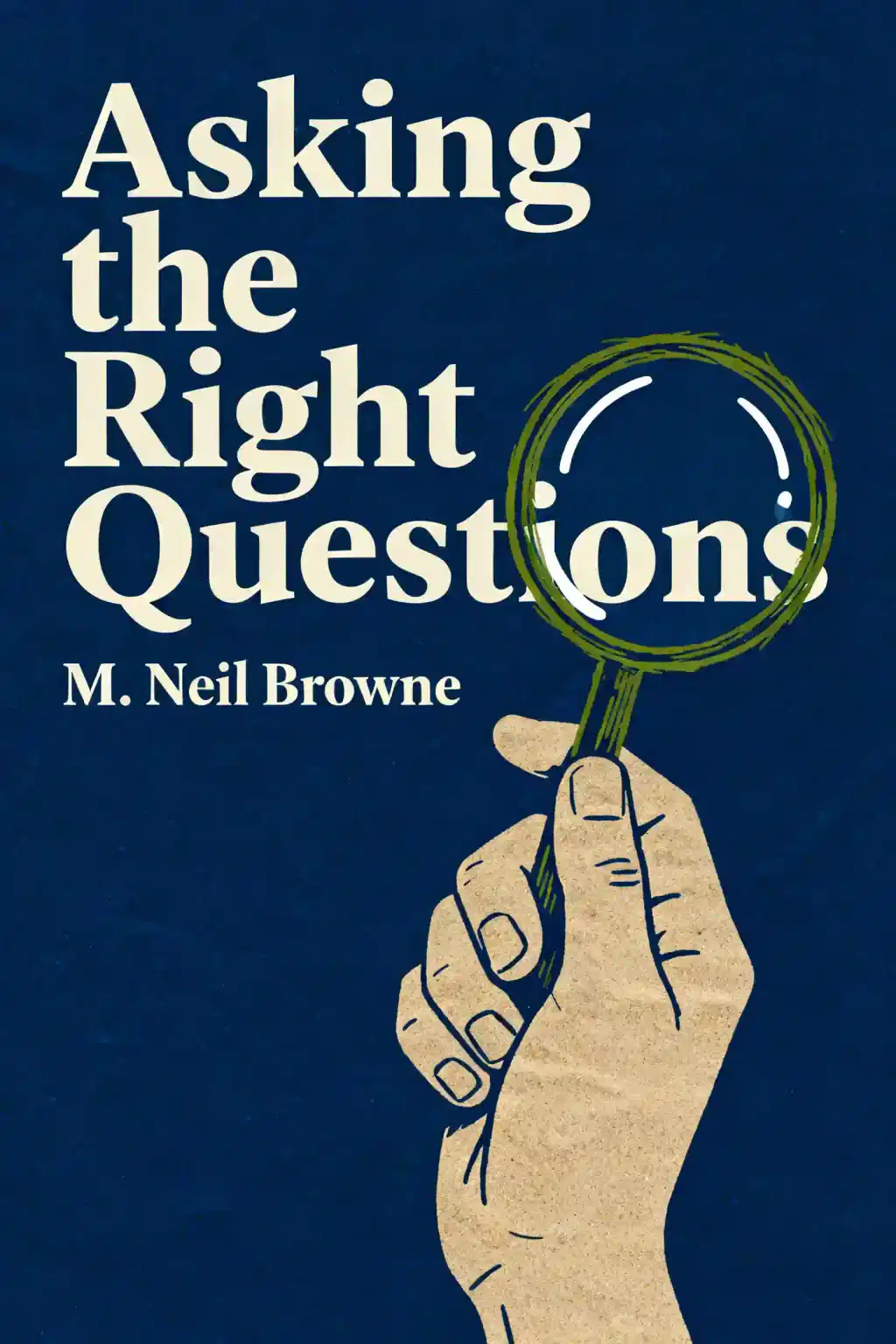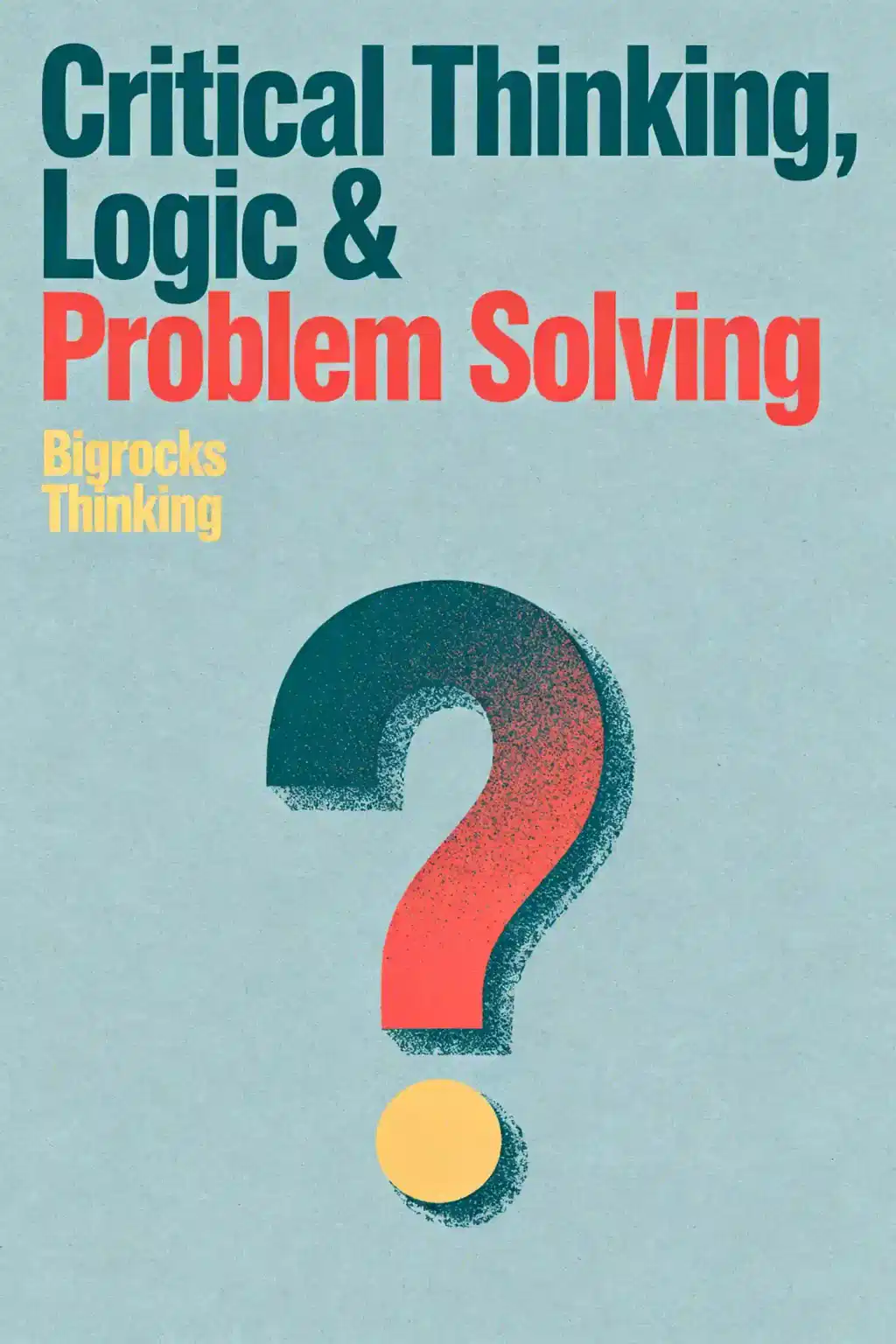What is
Asking the Right Questions by M. Neil Browne about?
Asking the Right Questions provides a framework for critical thinking by teaching readers to analyze arguments systematically. It outlines 11 essential questions to evaluate evidence, identify biases, and assess reasoning validity, helping readers make informed decisions in personal, academic, and professional contexts.
Who should read
Asking the Right Questions?
This book is ideal for students, professionals, and anyone seeking to improve analytical skills. It’s widely used in academic courses on logic, debate, and decision-making, offering practical tools for dissecting political claims, workplace proposals, or media narratives.
Is
Asking the Right Questions worth reading?
Yes—it’s a foundational text for mastering critical thinking, praised for its clear methodology. Over 1.2 million copies sold and translations in 14 languages highlight its global relevance. Critics note its structured approach may feel rigid, but its practicality outweighs this for most readers.
What are the 11 critical questions in
Asking the Right Questions?
Key questions include:
- “What are the issues and conclusions?”
- “How good is the evidence?”
- “Are there rival causes?”
- “What significant information is omitted?”
These help dissect arguments by probing assumptions, ambiguities, and logical flaws.
How does
Asking the Right Questions compare to other critical thinking books?
Unlike theoretical guides, Browne’s book emphasizes actionable steps through real-world examples. It’s often paired with Critical Thinking by Brooke Noel Moore for its problem-solving focus, but stands out for its question-driven framework.
What is the Socratic method’s role in
Asking the Right Questions?
Browne adapts the Socratic method by encouraging relentless inquiry. The 11 questions mirror Socrates’ dialogic technique, pushing readers to challenge surface-level claims and uncover deeper truths through systematic doubt.
Can
Asking the Right Questions improve workplace decision-making?
Absolutely. The book’s tools help teams evaluate proposals, avoid cognitive biases, and identify flawed logic in meetings or reports. For example, asking “Are the statistics deceptive?” prevents data misinterpretation.
What criticisms exist about
Asking the Right Questions?
Some argue its structured approach oversimplifies complex debates or stifles creativity. However, supporters counter that the framework provides a necessary foundation before advanced critical thinking.
How has
Asking the Right Questions influenced education?
Adopted in over 500 universities, it’s shaped critical thinking curricula since its 1981 debut. The U.S. National Security Agency and Air Force Academy use it to train analytical rigor in personnel.
What are key quotes from
Asking the Right Questions?
Notable lines include:
- “Critical thinking is the art of asking questions that lead to better understanding.”
- “Unstated assumptions are landmines in any argument.”
These emphasize proactive skepticism and hidden biases.
How does M. Neil Browne’s expertise impact the book’s credibility?
With 54+ years teaching critical thinking and 56 published books, Browne’s academic rigor (Ph.D., Carnegie teaching award) lends authority. His consulting work with governments and Fortune 500 firms grounds the book in real-world application.
Why is
Asking the Right Questions still relevant in 2025?
In an era of AI-generated content and misinformation, its tools help users discern credible sources. Updated editions address digital-era challenges like social media echo chambers and algorithmic bias.




















